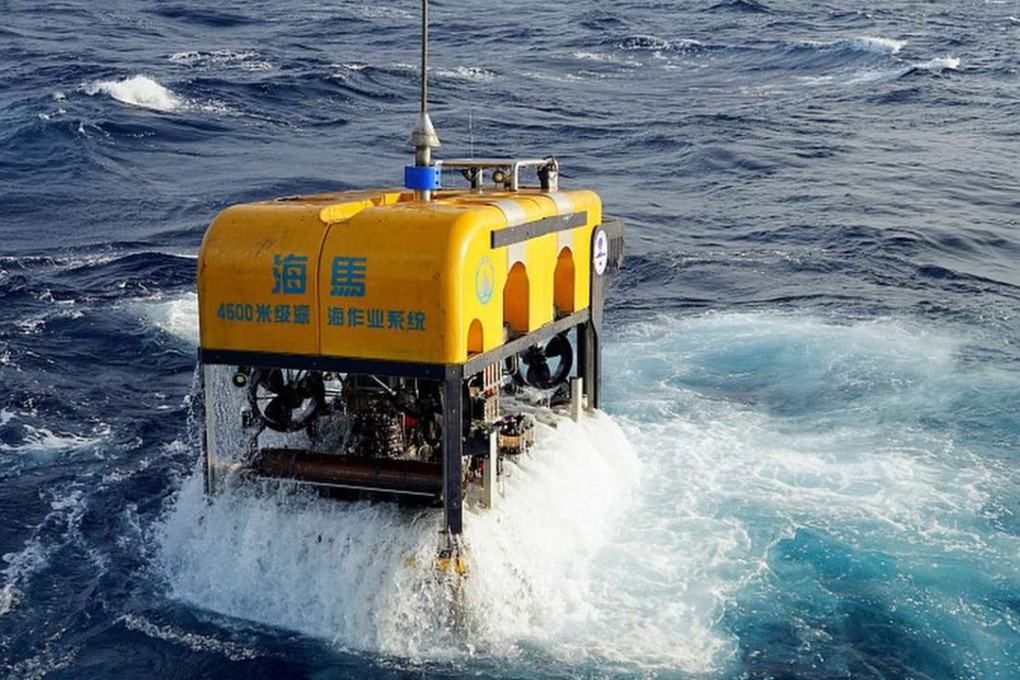Beijing finds fresh ‘fire ice’ reserves in South China Sea

A new reserve of “combustible ice” has been identified in the South China Sea near the Pearl River mouth basin in what may be a significant step forward in developing the highly-pure fuel as a potential new energy source.
The China Geological Survey made the latest discovery in deep ocean beds in the area, the reported on Sunday.
The government confirmed the presence of combustible ice in eastern seas near the coast of the Pearl River mouth basin three years ago. It said the area could contain the equivalent of 100 to 150 billion cubic metres of natural gas.
The latest exploration in the western part of the basin revealed a belt covering 350 square kilometres with cold springs at about 1,350 to 1,430 metres below the sea surface.
The authorities did not give an estimate of how much natural gas the new reserves might produce.
The discovery in three missions from May last year through to October and March indicates the presence of an abundant amount of combustible ice underwater, according to the report.
Combustible ice, or methane hydrate, refers to ice crystals with gas locked inside them.